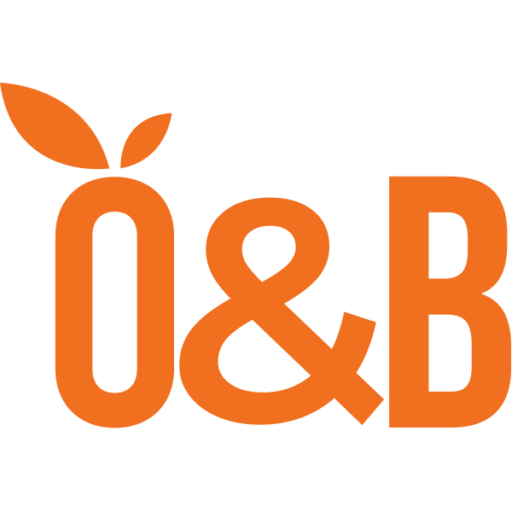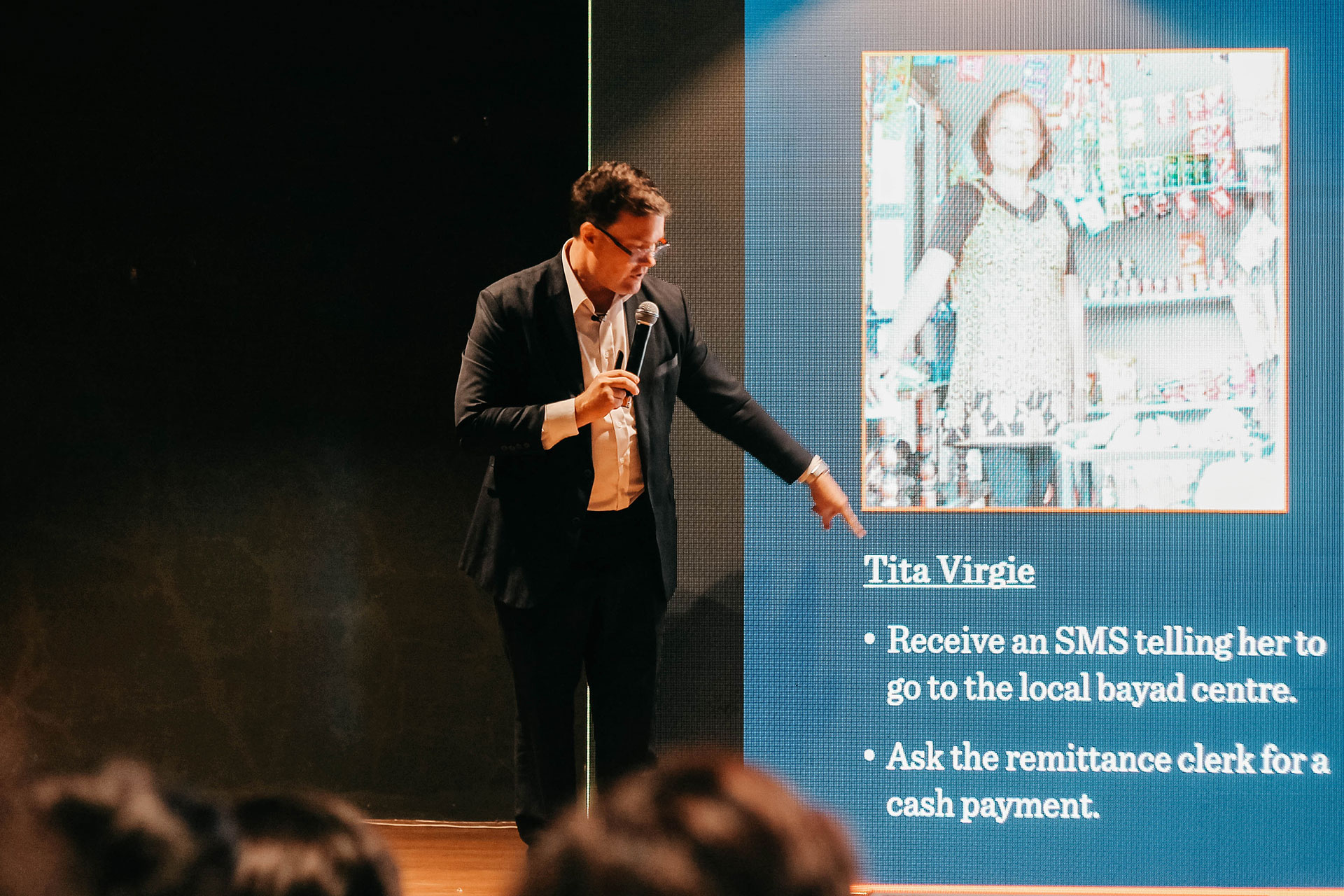Typical Scenario in the World of Bills Payment
Mr. Postman approaches a residential gate and leaves a Meralco bill inside the mailbox. After a while, Ms. Millennial checks her mailbox and sees the Meralco bill. She opens it and reads the mail contents. Nothing new – she expects this every month. Ms. Millennial heads to the bank and lines up to pay her month’s electricity bill over-the-counter. Mr. Teller receives the Meralco bill a.k.a. Statement of Account (SOA) from Ms. Millennial. Then, he verifies details before processing collection of the payment. On top of the Meralco bill, Mr. Teller asks Ms. Millennial for a service / processing fee in cash.
Upon successful processing, Mr. Teller prints a payment validation for Ms. Millennial’s Statement of Account. The bank informs Meralco regarding the payment made by Ms. Millennial.
Ms. Millennial expects an uninterrupted electrical service for the coming month since she successfully paid her electric bill at the bank.
Main Players
Here are the three main players you will notice in any bills payment saga.
| Player | Description |
|---|---|
| 1. Merchant | – Also known as Biller, Institution, Bill-issuing company. |
| – The service provider / product supplier. | |
| – A good example for this is Meralco. | |
| 2. Subscriber | – Also known as Customer, Client. |
| – The receiver of services / products provided by Merchant. | |
| 3. Payment processor | – Also known as Payment Center, Financial institution, Bills payment agent. |
| – Serves as ‘Bayad Center’. | |
| – An example would be a BDO teller which processes Payment Slips. | |
| – Payment processor between Subscriber and Merchant. |
A teller (a.k.a. cashier or customer representative), being the front liner for bills payment, also bears the burden of validating and processing payments from subscribers paying over-the-counter. Apparently, automation is key to alleviate the problem.
Questions on a Teller’s Mind
From the story above, try to imagine what is in Mr. Teller’s mind while processing the payment being made by Ms. Millennial. It might be dozens among the following:
- Is our branch open and ready to process any payment transaction right now?
- Do I have access to our bills payment system?
- Is our branch allowed to accept payment on behalf of the Merchant specified on the customer’s Statement of Account (SOA)?
- Where can I locate the subscriber’s number and name from SOA?
- Can I use a barcode scanner to enter subscriber details?
- Where is the barcode located on the SOA?
- Can I manually input in case of barcode scanner unavailability?
- Do I remove certain characters (space, hyphen, etc.) during manual input of barcode numbers?
- Will processing of this payment require branch officer override?
- Can I cancel or modify a successfully posted transaction?
- Is the subscriber allowed to pay beyond due date?
- Should I require the payor to present the statement of account while paying?
- Should the payor present valid identification card/s for this payment to proceed?
- Should I collect a service fee? How much?
- Should I collect service fee
- From the payor?
- From the Merchant? Will it be collected daily or monthly?
- In which collection account will the payment go?
- What are the acceptable mode of payments? Is cash allowed? How about check?
- If is check payment:
- Will I allow a late check?
- Is the check payee name listed on the valid payee names for this merchant?
- Will I allow multiple checks as payment for this payment transaction?
- Will I allow combination of cash and check in this transaction?
- Is this payment transaction reportable to Anti-Money Laundering Association (AMLA)?
- Are there any payment amount limitations? If any, is the payment amount valid for the minimum and maximum amount allowed?
- Will I allow it should the customer opts
- for a partial payment?
- for advance payment?
- What currency is allowed for this payment? For the service fee (if any)?
- Where can I get instructions for this merchant? This merchant’s product/s?
- Which specific product of the Merchant is being paid for (if any)?
- Is subscriber number subject to format / check-digit validation?
- In which media / form should the payment validation be printed on?
- SOA
- Payment slip
- Should the merchant be informed right away about the payment received? Or it can be at the end of the day?
- How can I get help should problems arise during bill payment?
- Can I reprint the payment validation?
- Is the printed validation correct in terms of the following:
- Transaction date and time
- My teller ID
- Sequence number
- Organization name
- Branch code
- Currency
- Transaction amount
- Subscriber number
- Merchant name
- Transaction code
- Merchant code
- Product code (if any)
- Should I take note of the conversion rate for this payment?
- How much money is in my cash drawer (before I take a lunch break / end my shift)? Does it correspond to the total of payments I have received (since Start of Day / start of shift)?
- What are the payments I made for a given time period?
What All the Fuss Was About
We just discussed above about bills payment from a teller’s point-of-view. As IT specialists, imagining from user’s perspective is the key to building a system that is relevant to the user, in this case a bills payment system for use over-the-counter.
I would like to say thanks to Carl, Claire, Kim, Ben, Dhoris. You know what I mean. 🙂
Originally posted at: Bills Payment Collection: Teller’s Perspective










